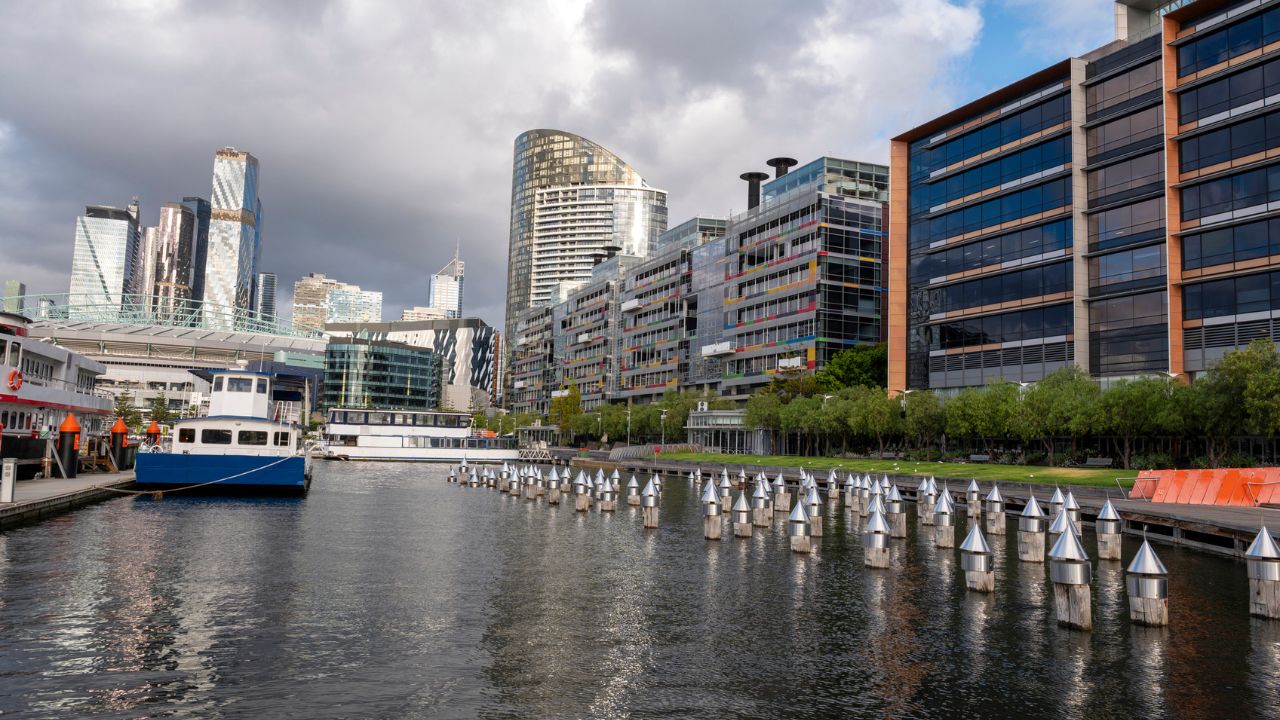According to new research by Nuestar and Hotspotting, there were 163,246 apartment sales recorded in the year to August 2025, highlighting a significant shift in buyer preferences driven by affordability pressures and changing lifestyle priorities.
This momentum is expected to accelerate with the launch of the expanded First Home Guarantee Scheme, which took effect on October 1st.
Nuestar Founder & Director of Property Michael Wilkins said the scheme will create opportunities for thousands of homebuyers, particularly in urban areas where apartments offer a more affordable entry point.
“The impact will be both immediate and far-reaching with the combination of increased borrowing capacity and reduced upfront costs set to supercharge demand in the apartment sector,” Mr Wilkins said.
He said that buyers must exercise due diligence when selecting properties, recommending they work with credible developers with proven track records and relevant accreditations.
“For example, the Independent Construction Industry Rating Tool (iCIRT) and Latent Defects Insurance (LDI) give homebuyers, especially in New South Wales, greater confidence by independently verifying the credibility of developers and guaranteeing protection against serious building defects,” he said.
The research shows apartment sales are gaining momentum not just in capital cities but also in lifestyle and regional hubs across the country.
In Sydney, apartment sales rose from 48 per cent to 51 per cent of total transactions over the past two quarters, while Melbourne’s unit market share climbed from 34 per cent to 37 per cent in six months, recording its highest quarterly apartment sales since the 2021 boom.
Brisbane has also seen significant growth, with units now accounting for 42 per cent of all sales in the market.
“Suburbs such as Fortitude Valley, Indooroopilly and Windsor are leading the charge, driven by proximity to transport, education and lifestyle precincts,” Mr Wilkins said.
Hotspotting Director Terry Ryder attributed the rising share of unit sales across capital cities to affordability constraints in the detached housing market.
“Affordability is the key driver because in many of these markets, apartments are the only viable option for buyers priced out of the housing sector, which is why we’re seeing such strong uptake in places like Brisbane and Canberra,” Mr Ryder said.
The Gold Coast saw unit sales increase from 47 per cent to 51 per cent of the overall market, while Canberra experienced a jump from 31 per cent to 40 per cent.
Even Darwin recorded growth, with its unit share rising from 31 per cent to 36 per cent.
First home buyers are increasingly turning to apartments as their entry point into the property market. In Greater Sydney, 53.24 per cent of apartment sales in the second quarter of this year were to first-home buyers, up from 51.66 per cent in the previous quarter.
The report suggests this trend will continue as supply remains constrained while demand grows. With developers increasingly focused on build-to-rent models and construction costs remaining high, new supply is limited.
Mr Wilkins said these factors, combined with higher gross yields and government support, are creating favourable conditions for the apartment market.
“This supply-demand imbalance is expected to intensify competition and drive further price growth in the unit sector,” he said.
Mr Ryder said that apartments are no longer viewed merely as a compromise option for buyers.
“They’re becoming the strategic choice for buyers who want location, lifestyle and long-term value,” he said.

